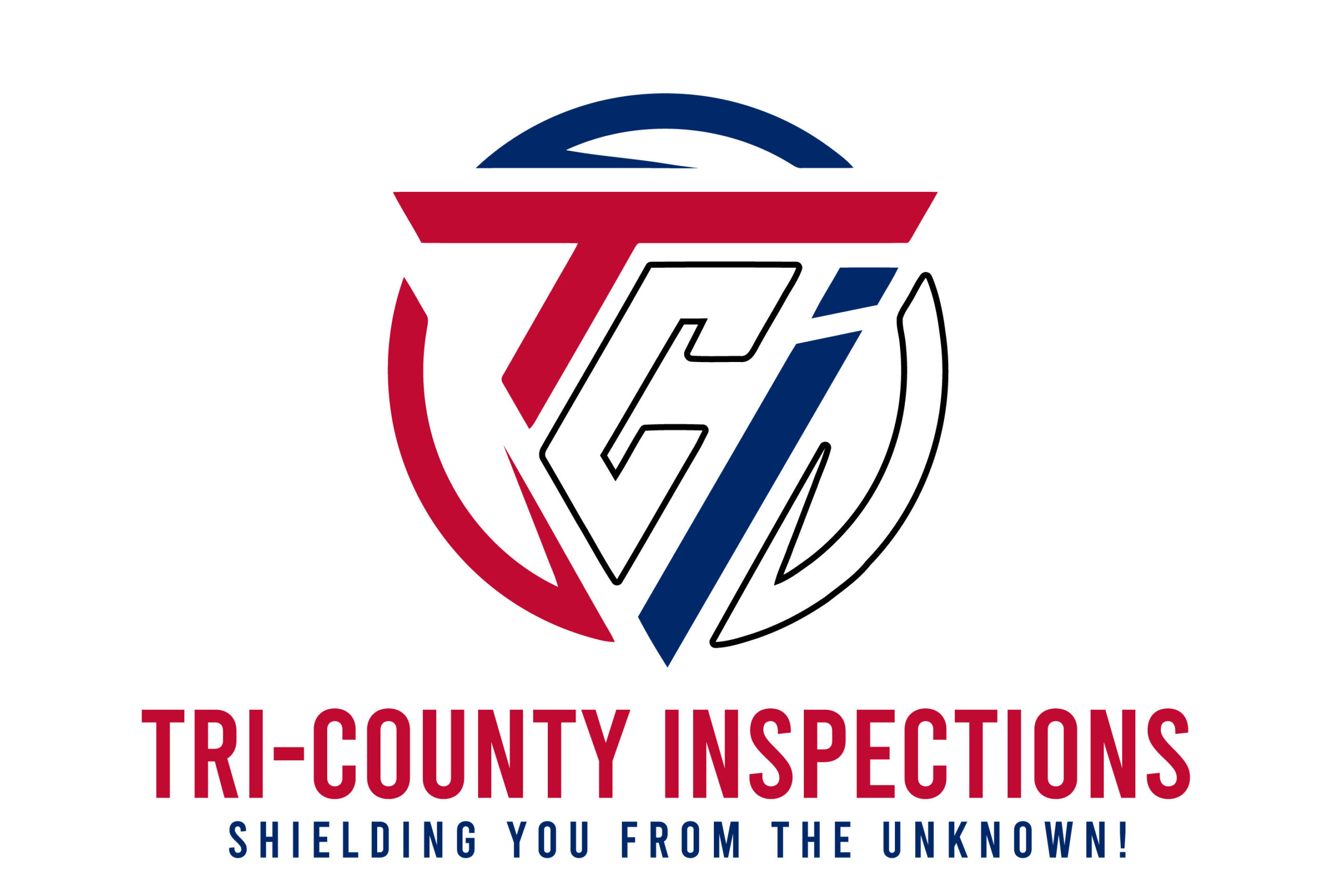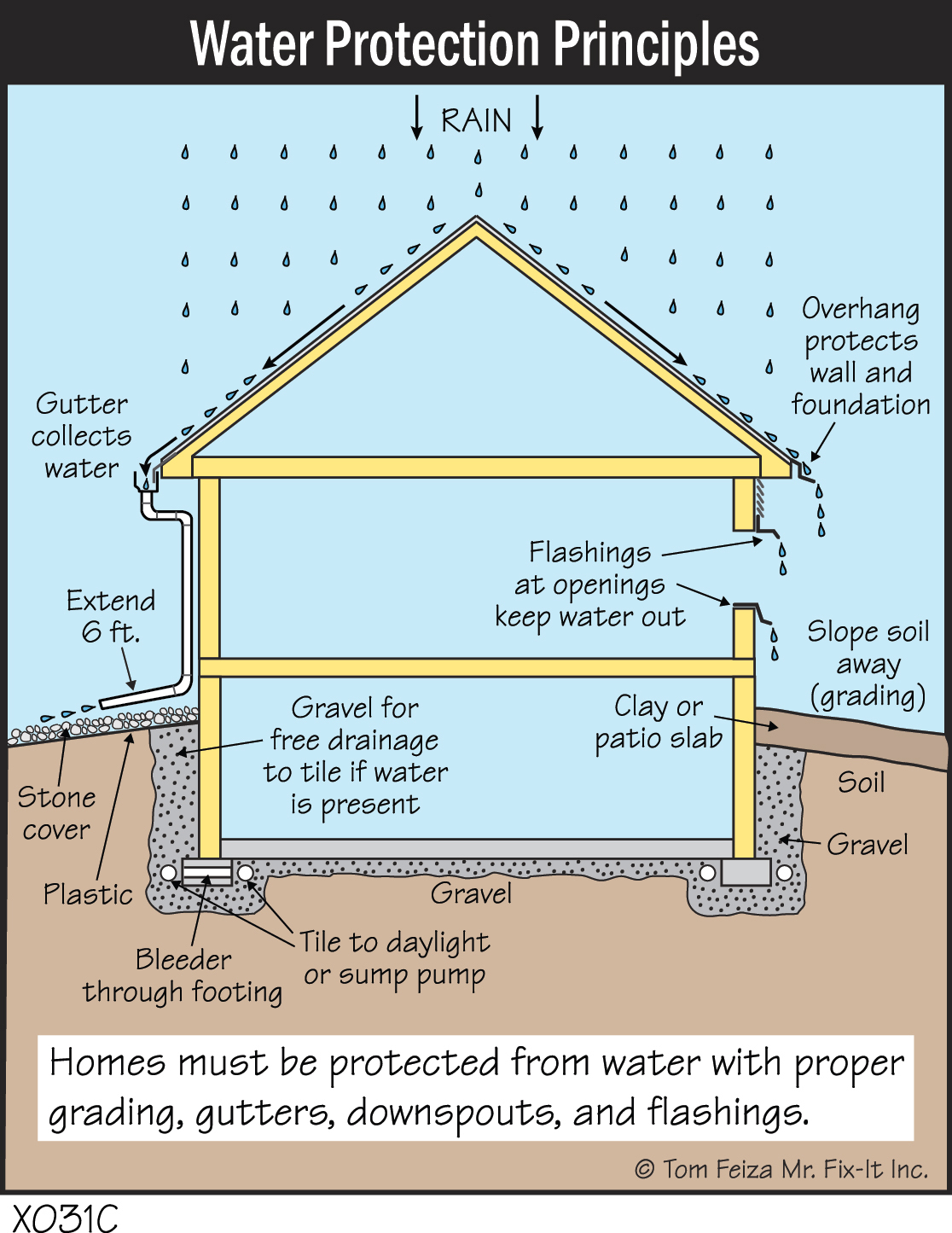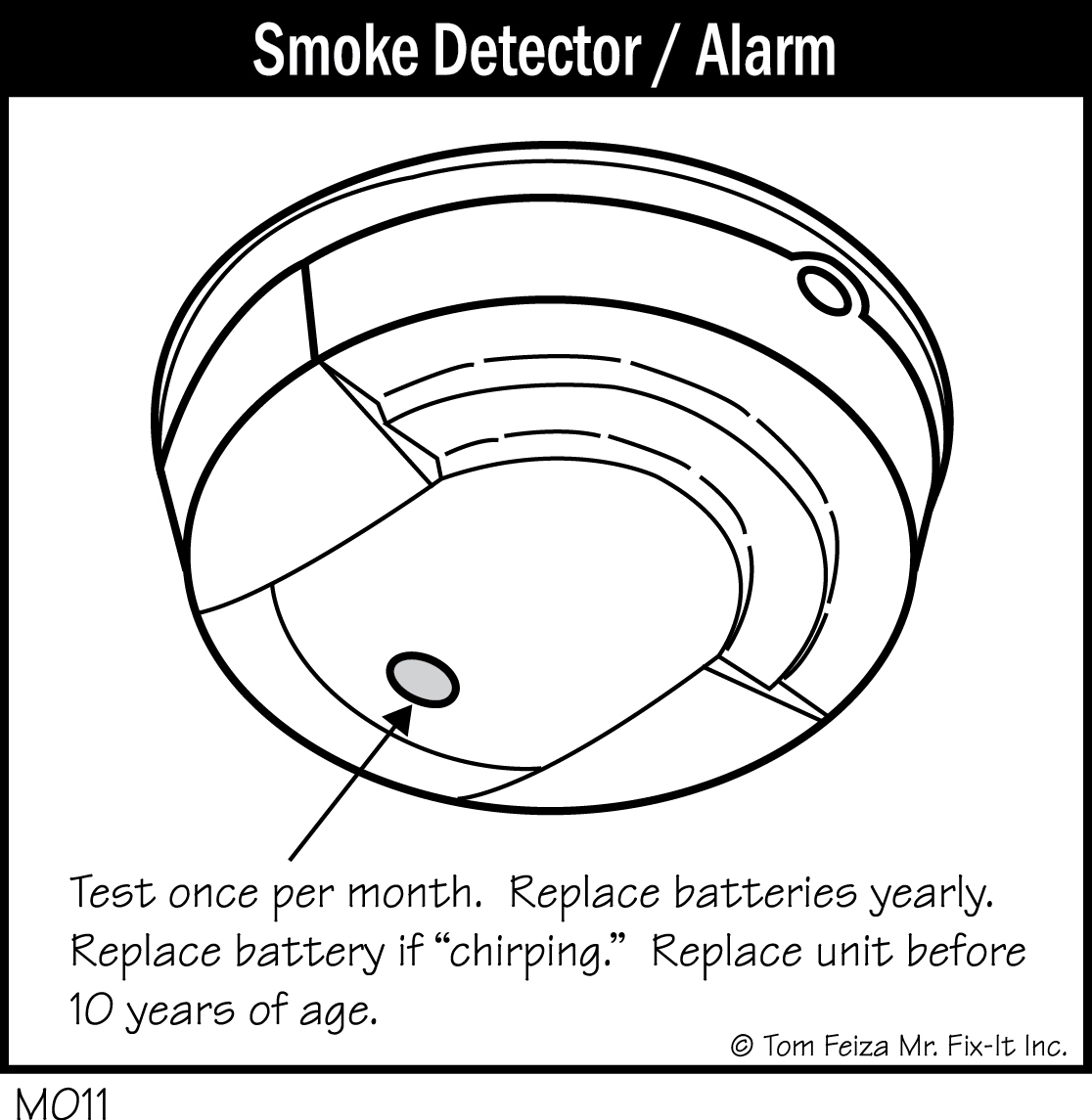- Walk Through Before Closing
- Utility Services
- Garbage, Recycling
- Insurance
- Post Office / Phone Numbers
- Keys and Locks
- Welcome Wagon / Local Government and Service Groups
- Safety and Security–Your First Priority
Walk Through Before Closing
Just before closing, walk through your new home to observe its condition and contents. This will help avoid surprises and misunderstandings. Your real estate broker may arrange the walk-through and help you make sure everything is in order. Bring your purchase agreement and any related documentation so you can refer to all items that are included in your home purchase.
In addition to the home purchase agreements, check the following:
- Documentation on equipment and utility systems: instruction books, service information, contractor information
- Appliances
- Heating and air conditioning operation
- Potential water leaks in ceilings, basement, water heater, plumbing
- Garage door opener operation and controls
- Home construction documents, if available
- Warrantees or guarantees that may transfer with your home
- Any natural gas smells or sewer odors
- Any physical damage inside and out
- Septic and well maintenance information
- Instruction manuals for equipment and appliances
Have the owner explain all the features of the home and its systems. Only he or she will know about that special key for the basement storage … the interior switch that turns off the power to the garage … the emergency release for the garage door.
Utility Services
Prior to closing, arrange a transfer of all utility services to your name. Be ready to answer questions about budget payment or monthly payments. Ask about special electrical controls on air conditioning and water heaters that save you money and reduce utility demands. This is a good time to ask the utility companies for any home operating tips or instructions they may have.
Also, ask the utilities for emergency procedures and phone numbers. Often, they will mail you this information.
Most telephone companies now connect their lines to a junction box at the exterior of your home. This will usually activate the internal jacks that the owner had connected. Any changes inside your home will be your responsibility, and you can hire either the phone company or private contractors to set up the inside wiring.
Garbage, Recycling
In some municipalities, garbage and trash removal is provided by private companies. Arrange this in advance. Your new neighbors will be your best resource for information on private trash contractors that service the area.
You will also need to learn local rules on recycling paper, metal, cardboard, plastic, aerosol cans, and glass. Ask about separation of trash and requirements for containers. Your local municipality and neighbors will be a big help. Also ask about rules on disposal of hazardous materials such as paint, solvents, chemicals, and oil.
Insurance
Prior to closing on your home, you will need a homeowner’s insurance policy in force. Your mortgage company will require this, and you should understand all the details of the policy. When you set up this policy, be ready to answer questions about the size of the home, type of construction, security and fire alarm systems, local fire department, wood-burning appliances and other details.
Post Office, Phone Numbers
Remember to plan in advance for a change of address and phone number(s). A quick note to family and friends will take care of the important people. File a change of address form with your current post office.
Keys and Locks
When you take occupancy of your new home, you should receive all keys and security codes. Plan on re-keying all locks. Consider keying all exterior door locks to the same key. Find a trusted neighbor or friend who can keep a spare key for an emergency, but don’t put your name and address on the key; use a code, first name, or initials only.
For your garage door opener, change the security code on the transmitters and receiver. Most door openers installed in the past 20 years have a security code that can be changed easily; check the instruction manual.
Welcome Wagon/Local Government and Service Groups
Take time to contact your local government office for information on the community. Also, contact the Welcome Wagon and any other local service organizations. They can provide useful information about your new neighborhood.
Safety and Security – Your First Priority
Local Fire, Police and Emergency Numbers
By your first day in your new home, have on hand all local emergency phone numbers for fire, police, ambulance, family physician, poison control center, hospital, eye doctor, utility companies, Mom and Dad at work, schools, and relatives. Keep these listed next to your phone, and make sure your kids know where to find this information. Also, carry a copy of the list with you. Accidents and problems can occur in new and unfamiliar places, so be ready.
Kids—Safety Information and Practice
Take some time with the kids to identify emergency telephone numbers. Walk through the exits and make sure everyone knows how to operate all locks and doors. Test your carbon monoxide, smoke and fire alarms so you all know where they are, how they work, and what they sound like.
It is wise to place smoke and fire detectors on all levels, in sleeping areas, in utility rooms, and at the top of stairs. Test smoke detectors periodically after you move in.
Add carbon monoxide alarms on every level of your home, and specifically in sleeping areas. Maintain batteries, and test them on a routine basis.
Establish an escape plan. All family members should know how to exit your home in an emergency and where to meet outside. Be sure your kids know that they must leave immediately and not return for pets or possessions. Use a sketch of your home’s floor plan to identify all escape routes, utility shutoffs, and meeting points. Include your emergency numbers with the plan.
In some homes, a window may be the alternate exit from a second story or lower level. Identify such windows, and practice opening and using them.
Consider adding some battery-powered lights that come on during a power outage. Always have a few flashlights available.
Practice your escape plan with your kids. Activating an alarm helps the kids take a drill seriously. When practicing, keep in mind that emergencies can occur in the night, during a storm, when you are sound asleep, and/or when the power is off.
Fire Extinguishers
Equip your home with a fire extinguisher on each level and in the garage, basement and kitchen. Fire extinguisher have different ratings; select one that’s rated “ABC,” which means it’s good for all common household fires. Contact your local fire department for more information.
Flammable Storage
The best advice for storing flammable materials is “just don’t do it.” When such storage is necessary, keep it to a minimum. Of course, we all need to store some gasoline for the lawnmower and solvents for household chores, so learn to store and use flammables safely. Use the original container or a container designed for that purpose. Keep flammable materials away from open flames and sources of combustion.
When using flammable solvents or cleaners, follow all safety precautions on the container. Never use a solvent cleaner or finish in a closed area without ventilation or near a source of combustion such as a gas furnace, gas water heater, or electric heater.
Use a spillproof container when storing gasoline. Gasoline should never be stored indoors. Vapors from gasoline are extremely flammable and must never be allowed to accumulate. If gasoline is stored in your garage, the entrance into your home should be up at least one step. Since gasoline vapors are heavier than air, they will settle in low areas. If you have a gas-fired heater or a water heater in the garage, do not store gasoline there.
Tags for Main Utility Valves and Shutoffs
In the event of an emergency, you may need to turn off a utility service to your home. It is important to identify the main shutoffs with tags telling how to turn them off. Make sure everyone in your family knows where to find and how to operate these shutoffs.
Identify the following:
- Main electrical disconnect: fuse block, breaker or switch
- Main water valve
- Main gas valve or propane valve
In addition, identify shutoffs for individual parts of systems:
- Furnace disconnect switch (electrical)
- Furnace gas or fuel valves
- Air conditioning disconnect switch
- Gas valves for appliances
- Hot water shutoff
- Individual breakers or fuses for branch circuits
- Plumbing valves for appliances and main distribution connections
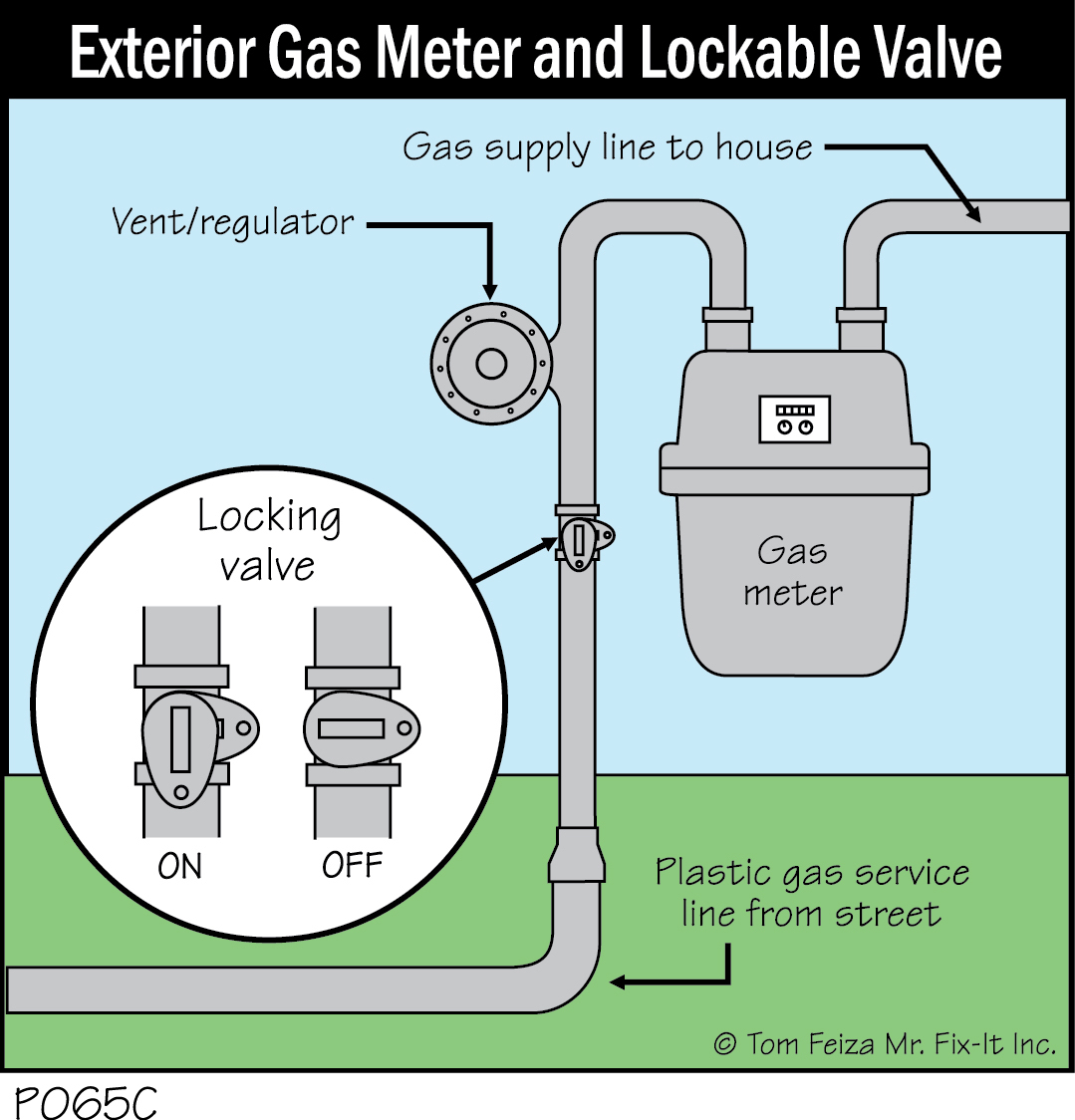
Garage Door Safety
All garage door openers should have an automatic reverse that stops the door’s downward motion if there is an obstruction in its path. This feature helps prevent injury to people or pets beneath the door.
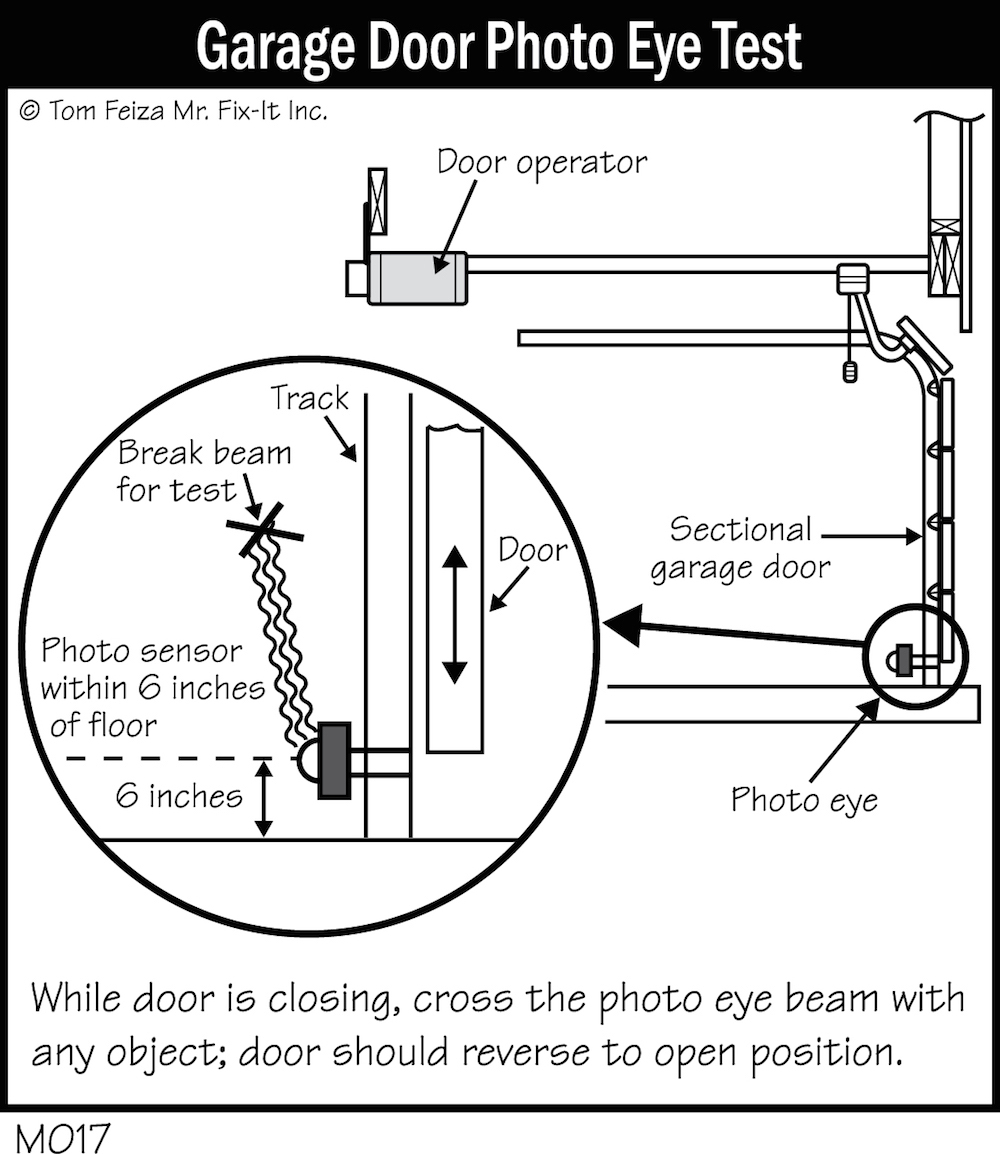
The first day in your home, test the garage door reverse. After that, test it once a month.
If your garage door opener does not reverse, take it out of service until it is repaired or adjusted. Look for adjustment instructions on the housing of the opener or in the instruction manual. If you are confused or unsure about how to make these adjustments, consult a professional.
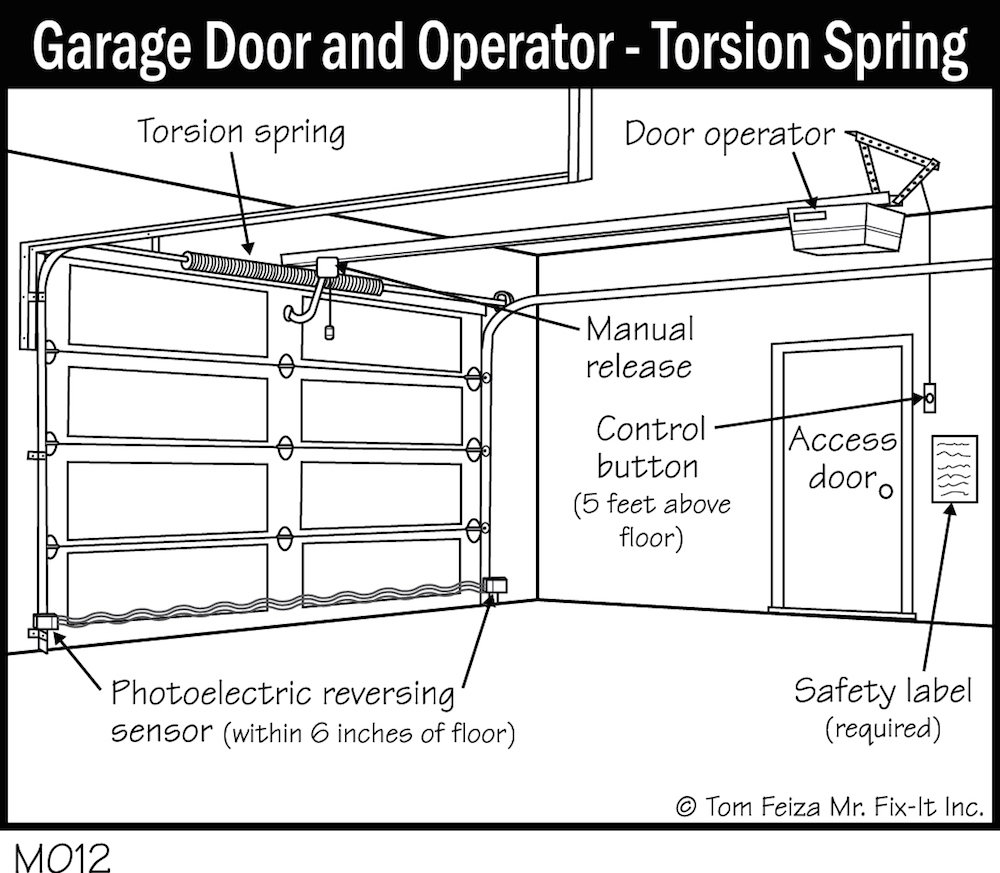
Check the location of the garage door operator button(s). The button should be located at least 5 feet above the floor so children can’t reach it. Since these control buttons are low voltage, you can easily relocate them as needed.
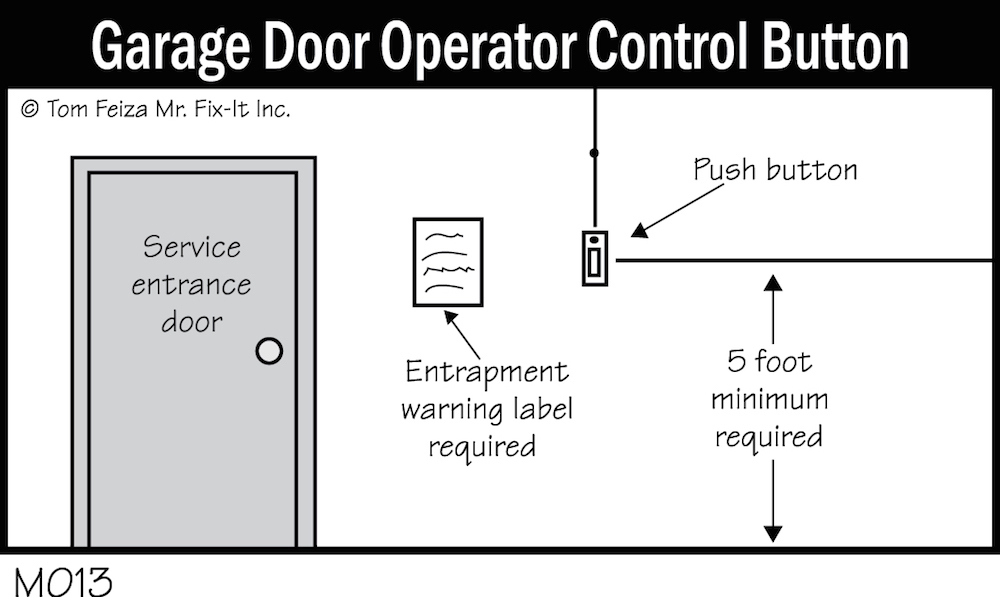
Lighting Controls and Exterior Security
A brightly lit entrance is always a welcome sight on a dark evening. Consider adding motion sensor lights to entrances and garage door areas. These inexpensive fixtures replace the existing light fixtures. When anyone drives up or walks up, the unit senses motion and turns on the light.
